The Texas Field Station Network currently includes six sites. Each one provides a distinct view into an ecosystem representative of the Lone Star State and its resilience, from the Hill Country to coastal regions to piney woods to West Texas mountains. An additional site in the Hill Country is currently planned.
Visit the Texas Field Station Network site
Current & Planned Field Stations
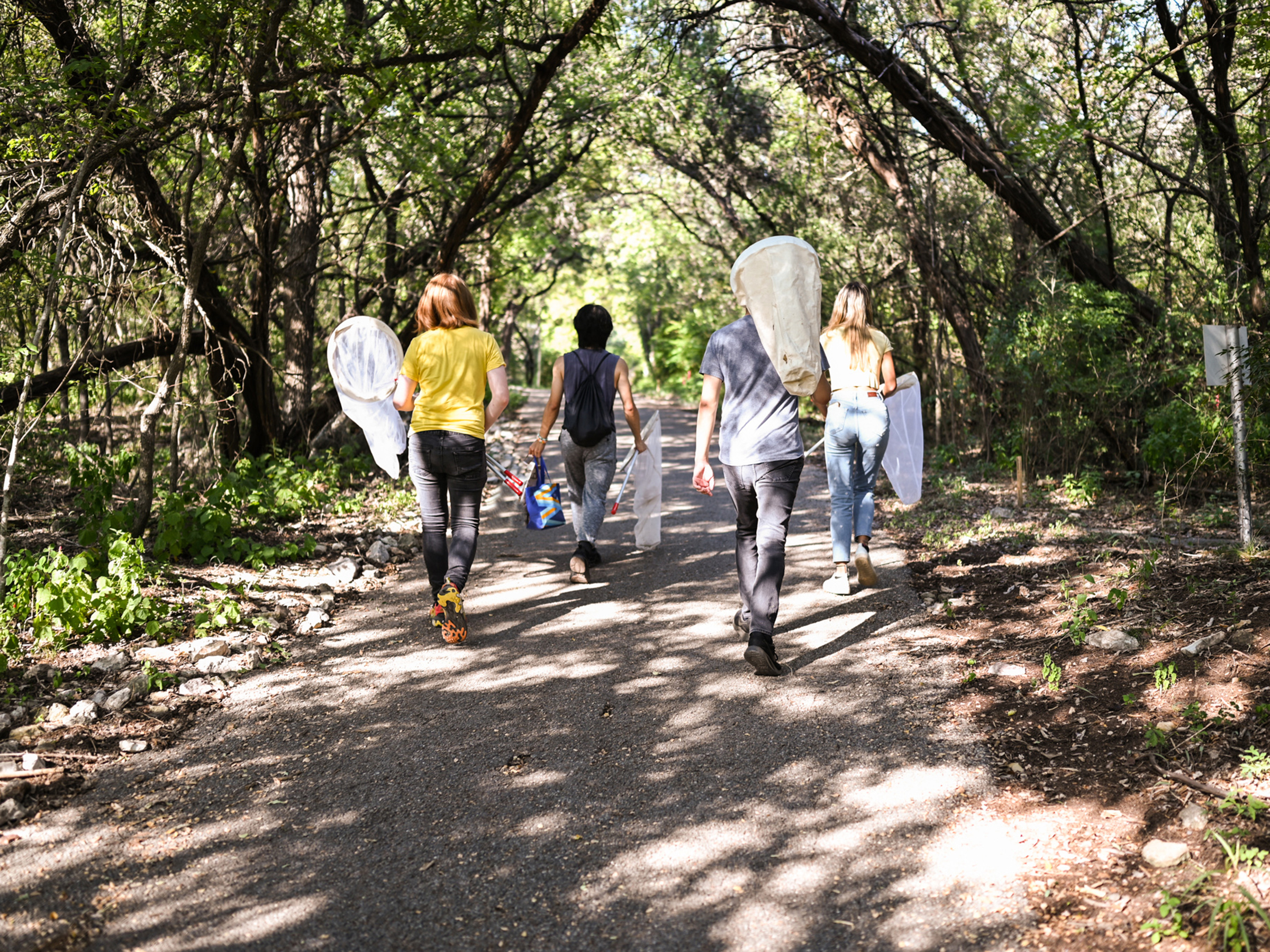
Brackenridge Field Laboratory
Austin
This 82-acre area includes prairies, pecan bottoms and juniper woods. Adjacent to the Colorado River and located in an urban environment that formerly housed a quarry, BFL is on a tract of land first donated to the university in 1910 and located within a few miles of the main UT campus.
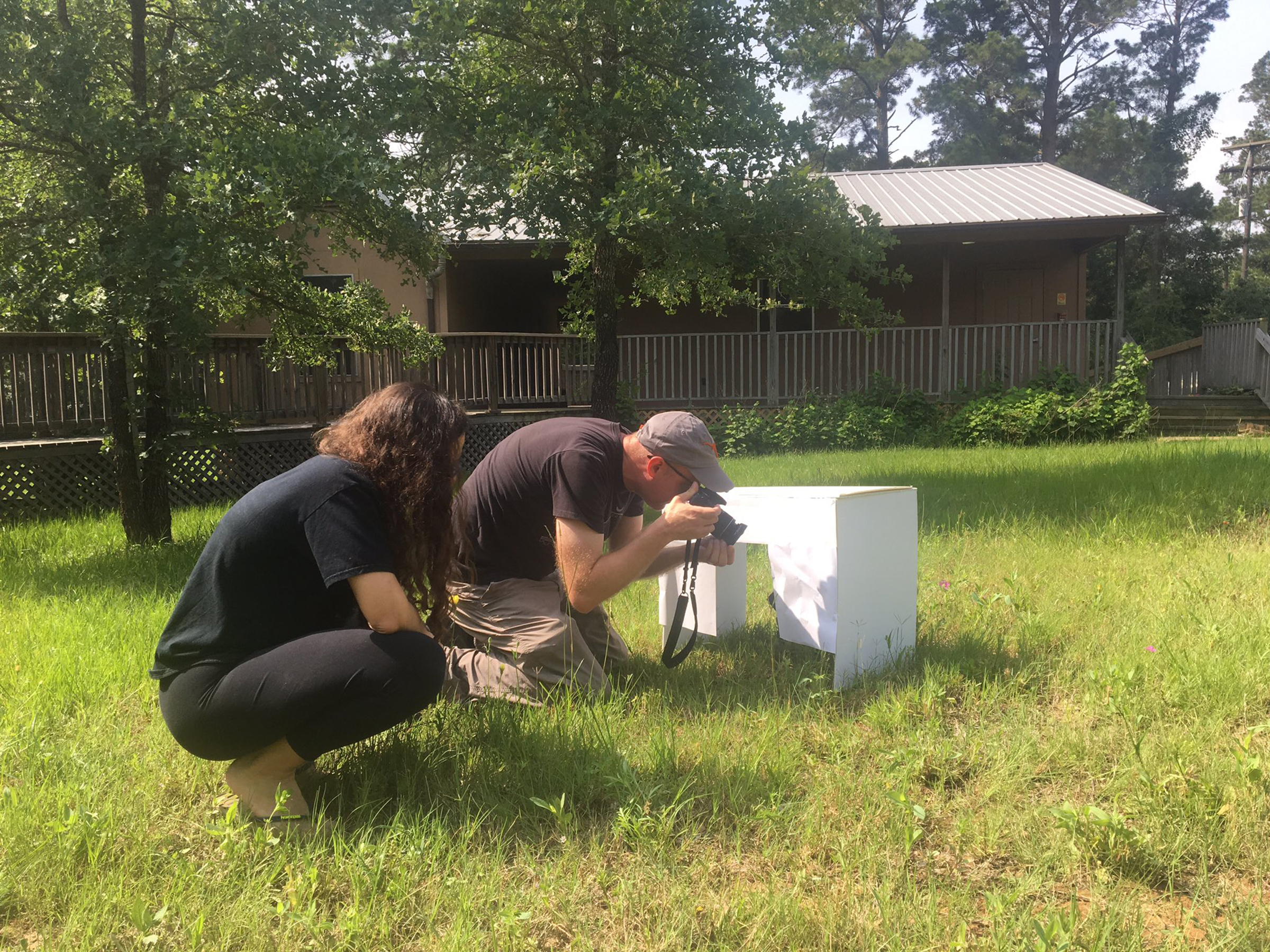
Stengl Lost Pines Biological Station
Smithville
Nearly 600 acres of woodlands and savanna are located 40 miles east of Austin in Bastrop County and available for research and educational programs. Meadows and open areas interface with pine forest at this rural field station.
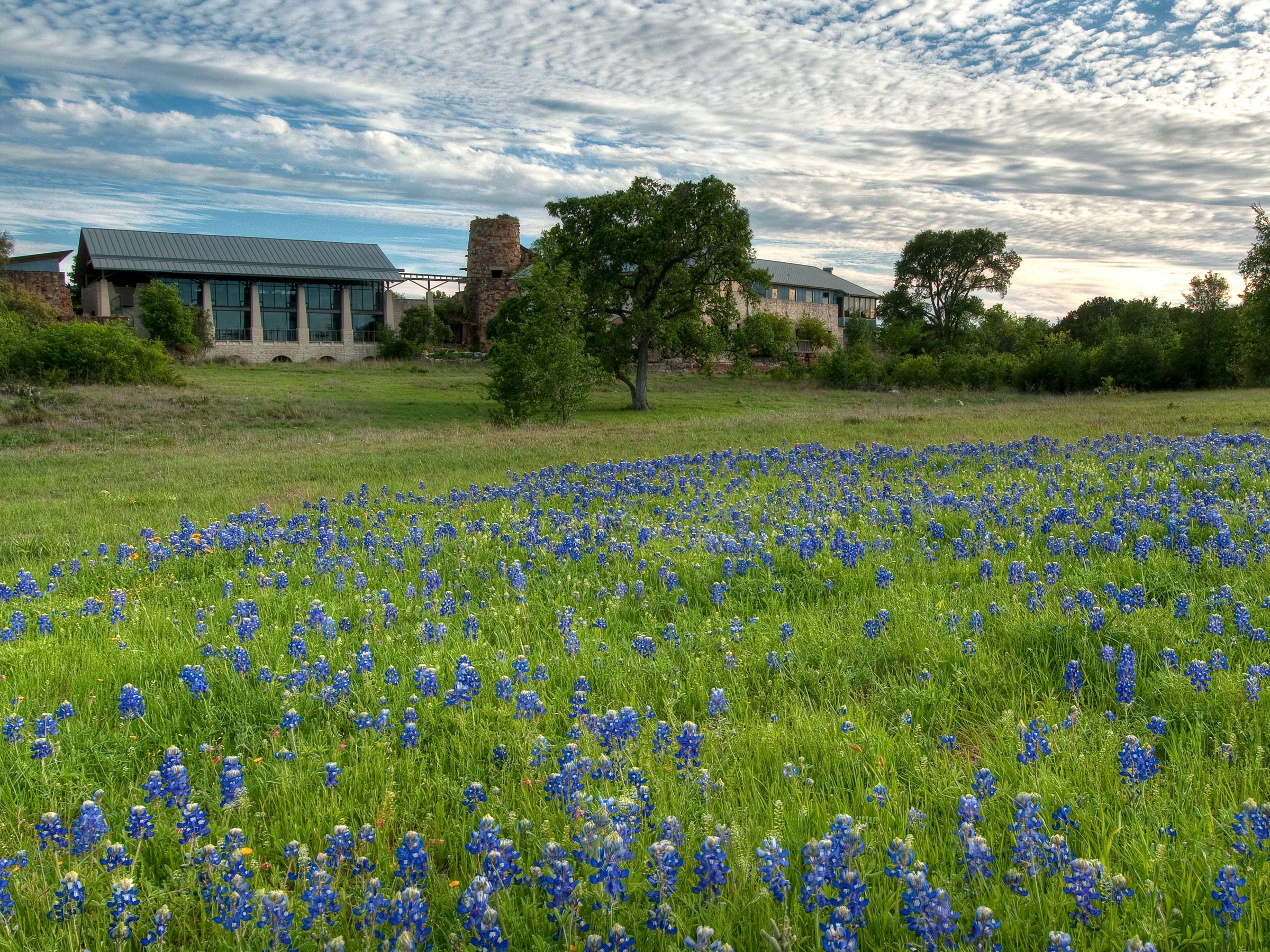
Lady Bird Johnson Wildflower Center
Austin
In addition to cultivated native gardens, the 284-acre Wildflower Center features natural, undeveloped landscapes reflecting Edwards Plateau and Texas Blackland Prairie ecosystems. It sits on a mixed oak-juniper savanna along the Balcones Escarpment and has intermittent drainages and a cave and karst features.
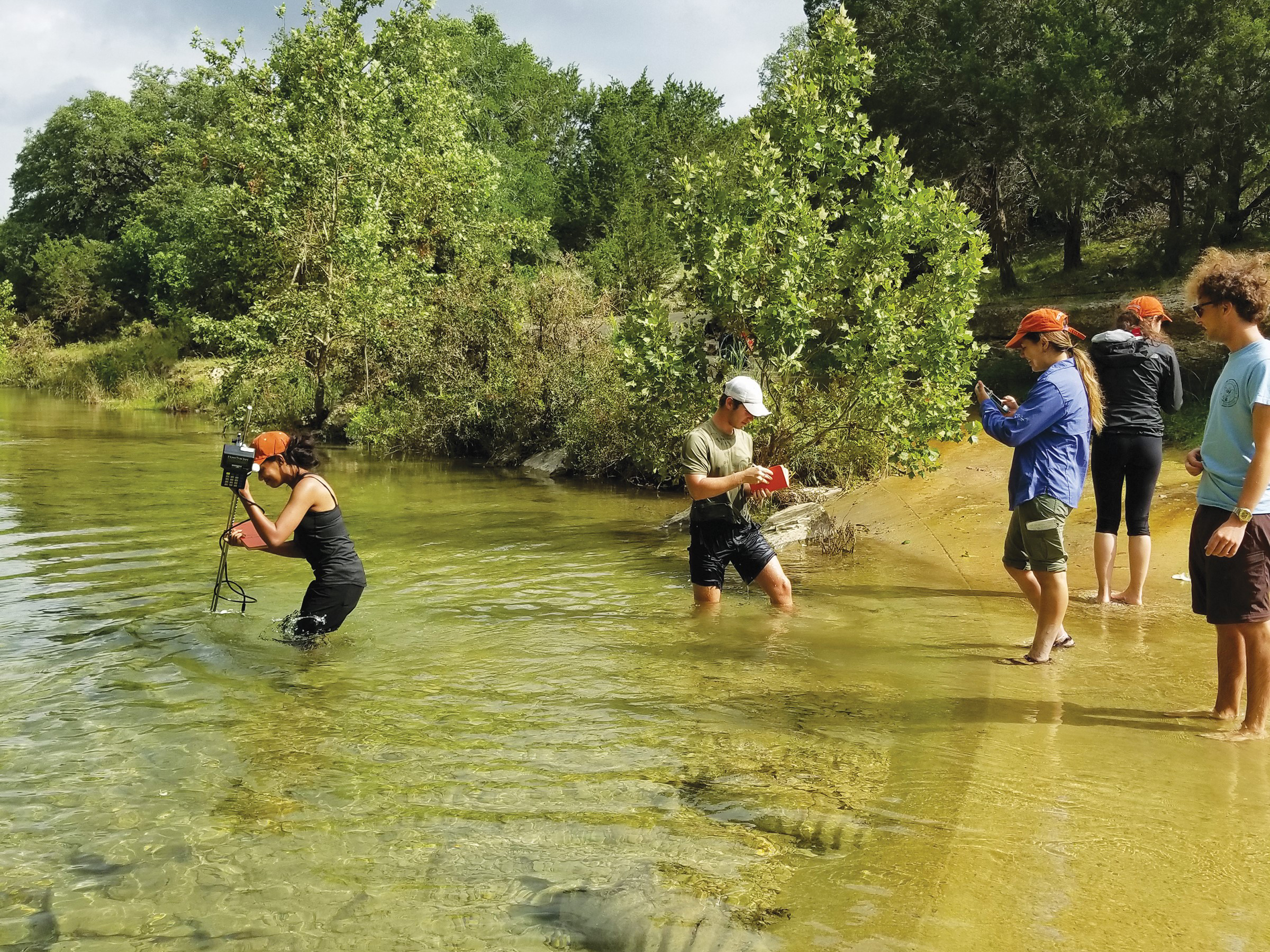
White Family Outdoor Learning Center
Dripping Springs
This 266-acre living classroom in Hays County and the Texas Hill Country provides channels, floodplains and hill slopes that cover a range of steepness and soil occurrences. The topographic, lithologic and hydrologic variability provides an ability to design and implement long-term hydrological and ecological monitoring and data collection for use in research and teaching.
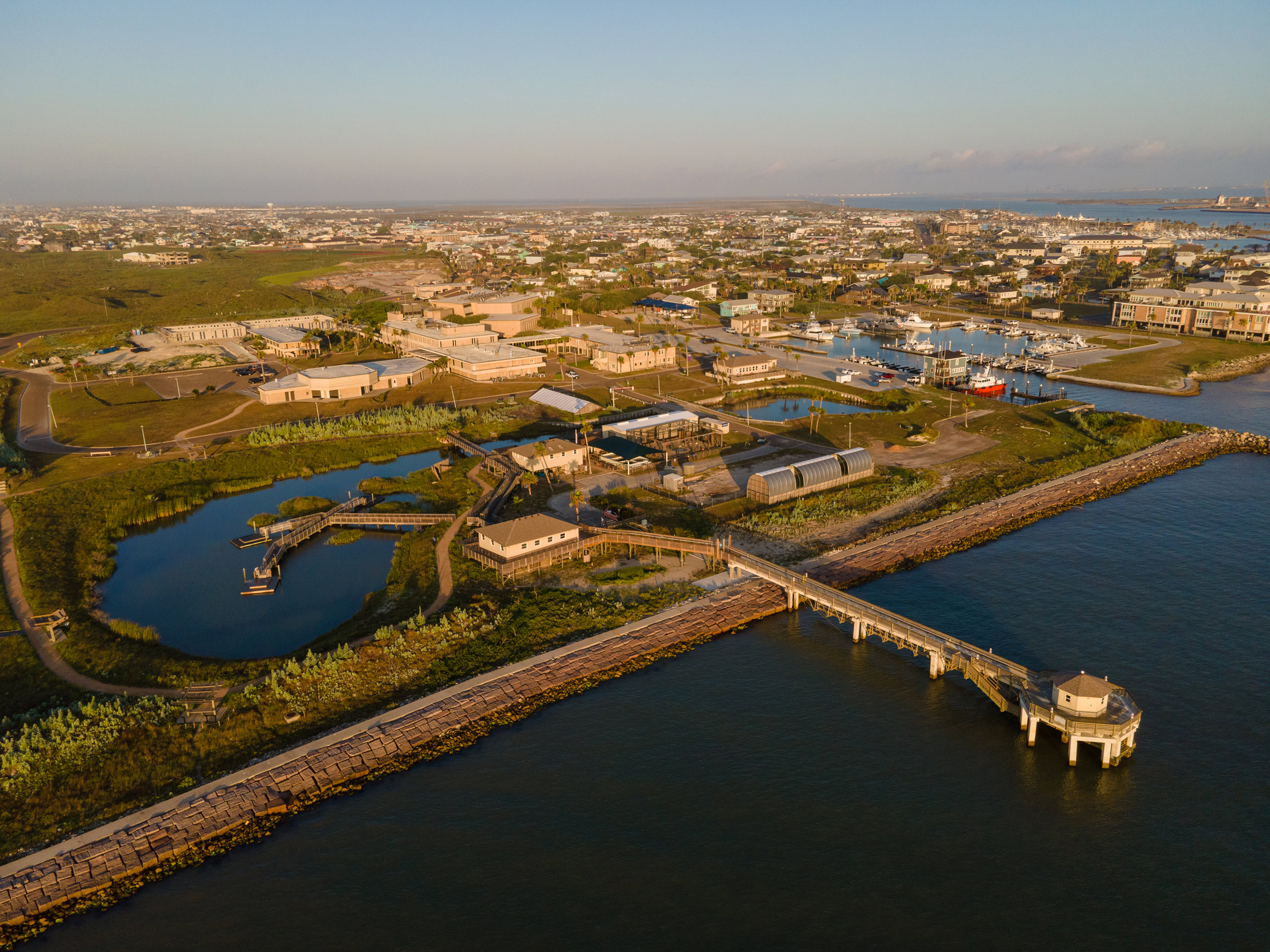
University of Texas Marine Science Institute
Port Aransas
A prime location for research on the Texas Coast adjacent to the Gulf of Mexico and local bay systems, the Marine Science Institute also manages the Mission-Aransas National Estuarine Research Reserve, a federal-state partnership that connects research, education and stewardship to communities.
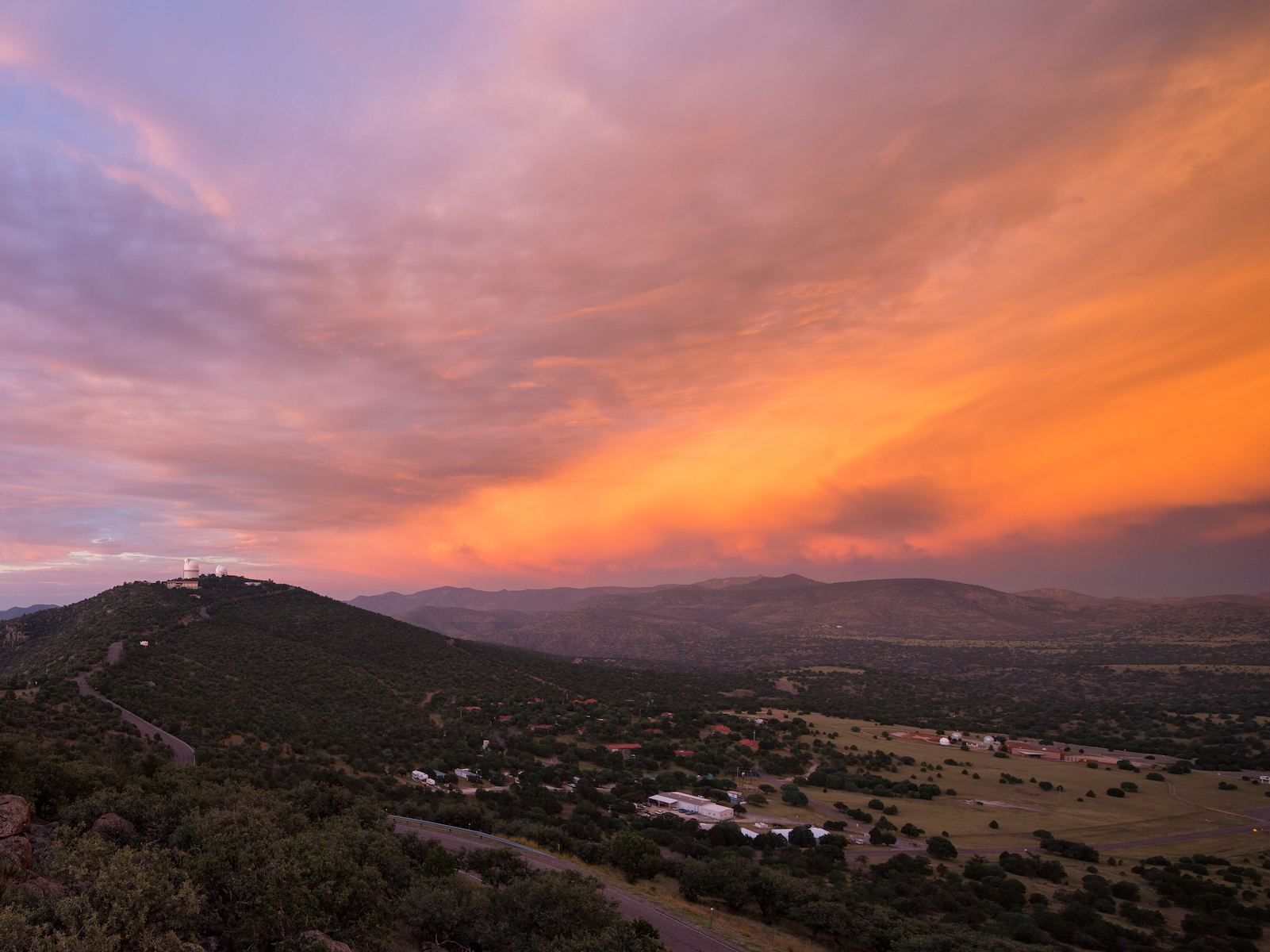
McDonald Observatory
Fort Davis
The Observatory is available for the study of the land and the celestial universe. Located on 650 acres in the Davis Mountains of West Texas, this mostly undisturbed land in the Chihuahuan Desert is a valuable natural resource, accessible for research and learning.
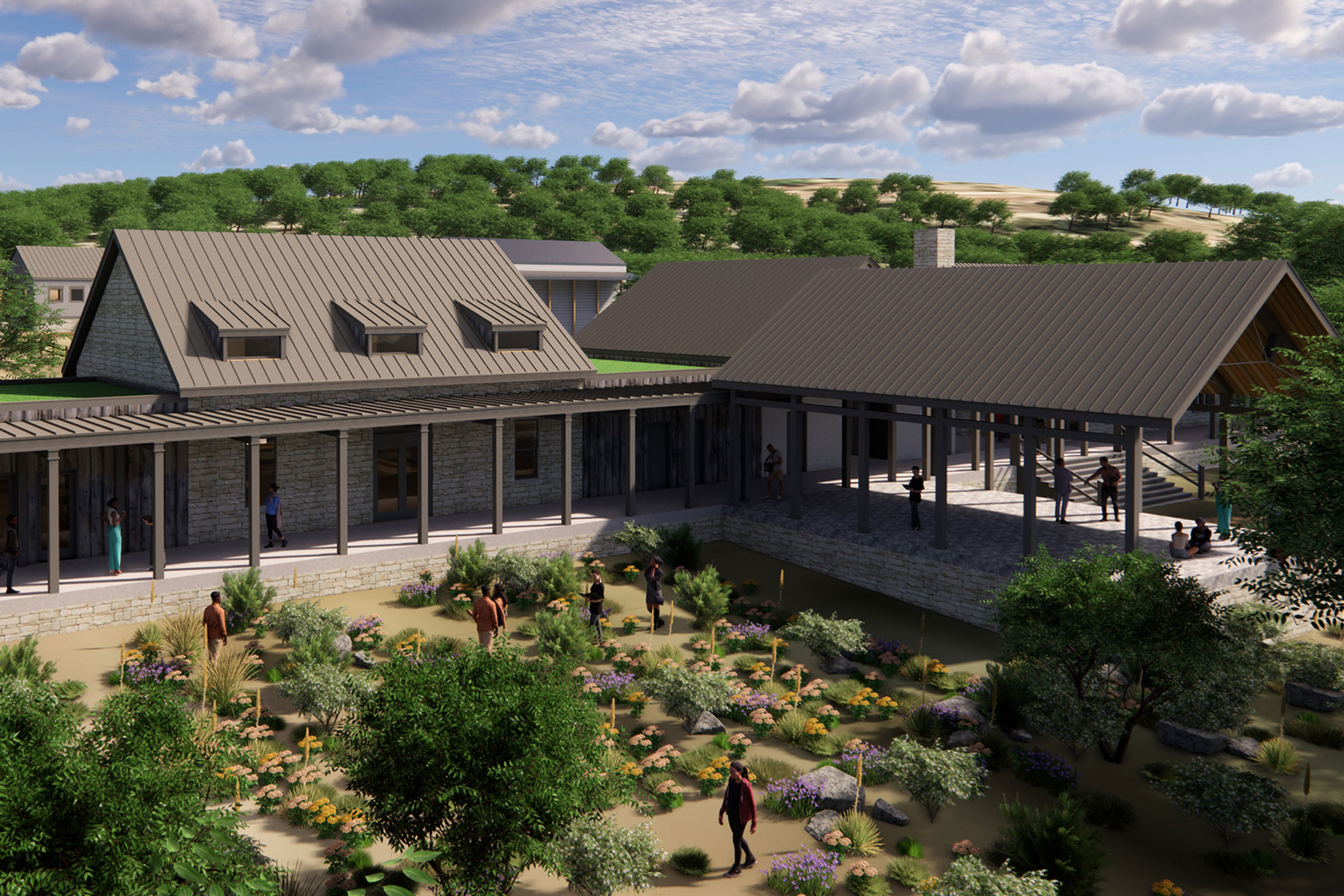
Hill Country Field Station
Dripping Springs
With a donation from Winn Family Foundation, the University is preparing to construct and operate a Hill Country Field Station. When the field station is completed this decade, it will be surrounded by hundreds of acres of conservation easement, feature tracts for research and support new initiatives in public outreach.
